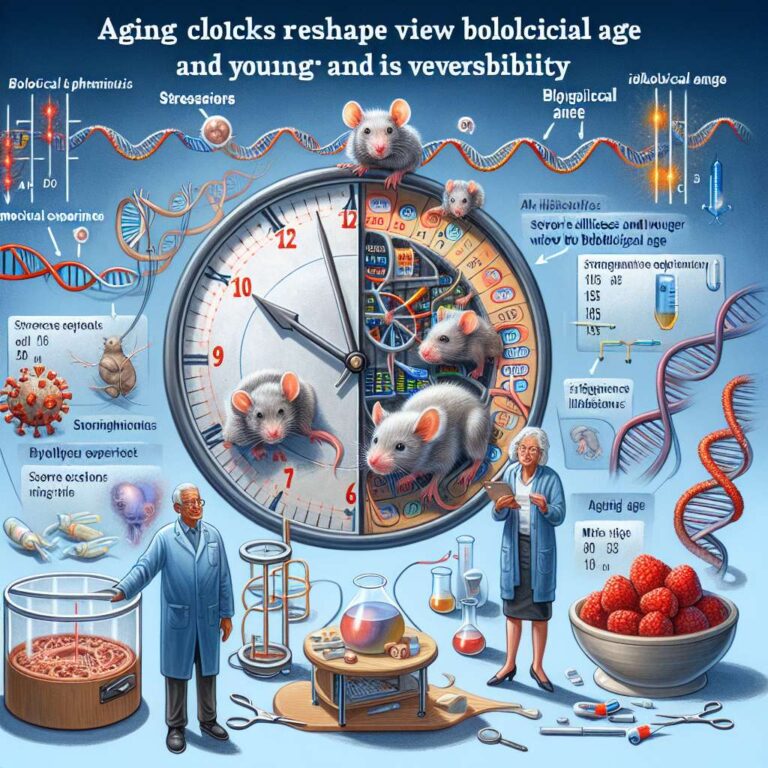Wrinkles and gray hair say little about how our bodies are aging under the surface. A new class of tools known as aging clocks aims to quantify biological age, offering a window into how organs are wearing out and how far we may have deviated from average health trajectories. The field took off after Steve Horvath’s 2013 pan-tissue epigenetic clock, trained on methylation patterns at hundreds of DNA sites, showed age could be estimated within a few years from a tissue sample. Since then, clocks such as PhenoAge and the Dunedin Pace of Aging have broadened the approach, while Horvath’s GrimAge focuses on predicting time to death based on long-term cohort data.
Despite their promise, accuracy and interpretation remain challenging. Clocks trained too tightly on chronological age can lose power to predict mortality or health outcomes, and different models can deliver wildly different ages from the same sample. Even repeat tests on one clock can vary, limiting clinical utility for individuals. Researchers caution that clocks capture only slices of aging biology and that methylation changes can be causal, adaptive, or neutral. Meanwhile, consumer testing and supplement sellers have rushed ahead with biological-age claims, often without randomized controlled trials, stoking concerns about hype in a field that is still maturing.
Yet the tools are proving invaluable for discovery. In heterochronic parabiosis experiments at Duke University, older mice surgically joined to younger partners lived roughly 10 percent longer and maintained function longer; clocks registered lower-than-expected epigenetic ages in the older animals. Young mice showed a transient increase in biological age that reversed after separation, underscoring the plasticity of biological age. Other work shows that stress, pregnancy, and covid-19 can temporarily raise biological age, with reversal as the stressors lift.
Horvath’s pan-mammalian clock, trained on samples from 348 species and tens of thousands of genomic sites, suggests universal aspects of mammalian aging and can estimate both individual ages and species’ maximum lifespans. Parallel research indicates that methylation patterns erode with time and that cells may tolerate only so much change before failing. Reprogramming studies show adult cells can be driven toward a youthful state; clocks register near or even slightly below zero biological age at a pluripotent stage, supporting the idea of an embryonic “ground zero” when aging begins.
These insights are informing real-world questions. Early analyses of transplanted human hearts suggest donor organs assimilate the recipient’s biological age within months, hinting that organ-by-organ rejuvenation may have limited durability without systemic approaches. Researchers are exploring whether blood and stem cell compartments could be reprogrammed toward a more youthful baseline to produce broader effects.
The consensus emerging from clock world is cautious but optimistic: while individual predictions remain imprecise, aging clocks are revealing when aging starts, how it progresses across tissues and species, and where interventions might push biology back toward youth. As one researcher puts it, we may already have the machinery to reset our epigenetic clock; the task now is learning how to turn it in the right direction.

